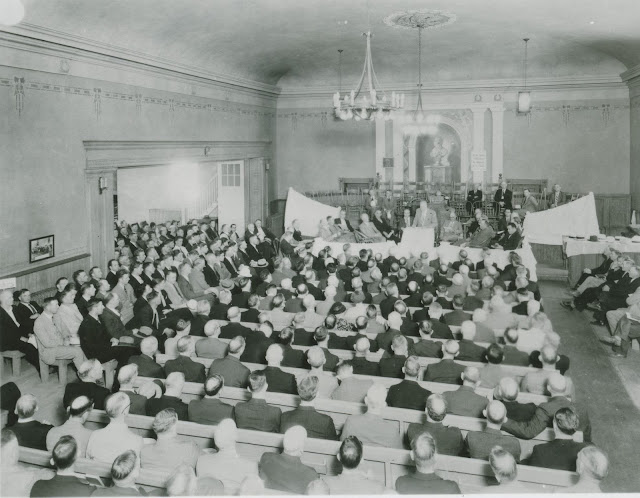I am unsure on the timing of the original and first chapel built in Albuquerque. It was likely in the 1940s or 1950s.
 |
| (Image Source: Church History Library) |
I came across a piece of history related to this building in faraway Bountiful. Lyle Hilton, a member of the ward, purchased a painting of Christ Blessing the Children from Isaac Loren Covington, who had done similar paintings for chapels across Utah, including Kanarraville, St. George, and Blanding.
When the building was later remodeled, the painting was ordered removed. Lyle Hilton took the painting and sent it to his son-in-law, who later placed it in the primary room of a chapel in east Bountiful.
It's always interesting to sometimes see how historic items in the Church have been dispersed across areas, especially with paintings. Paintings were often returned to members who had purchased or donated them when they were removed, or sometimes moved to other chapels. It means you sometimes encounter history in unexpected places.

.jpg)















.jpg)



.jpg)










